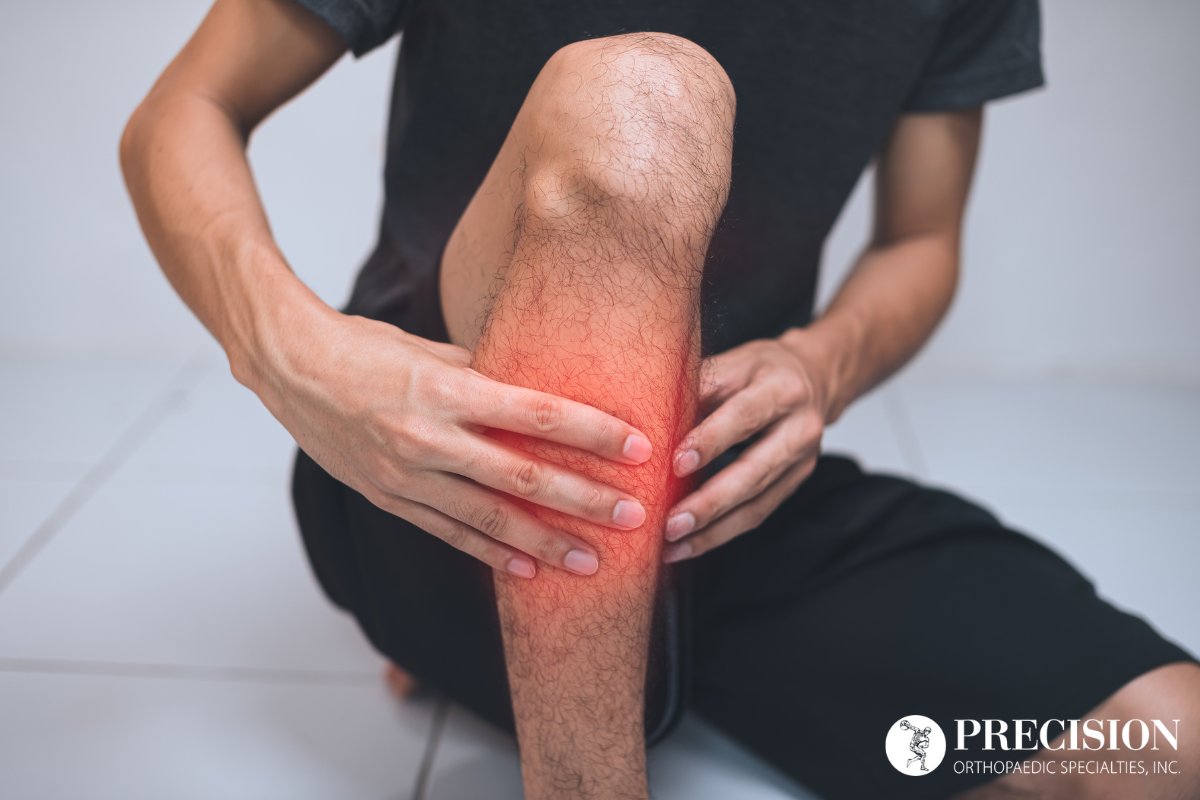
Shin splints refer to pain along the inner part of the lower leg, specifically near the tibia, or shin bone. The medical term for this condition is medial tibial stress syndrome. It occurs when repeated stress on the shin bone and surrounding muscles leads to inflammation, discomfort, and sometimes mild swelling. Shin splints develop most often in runners, dancers, and athletes who engage in high-impact activities.






